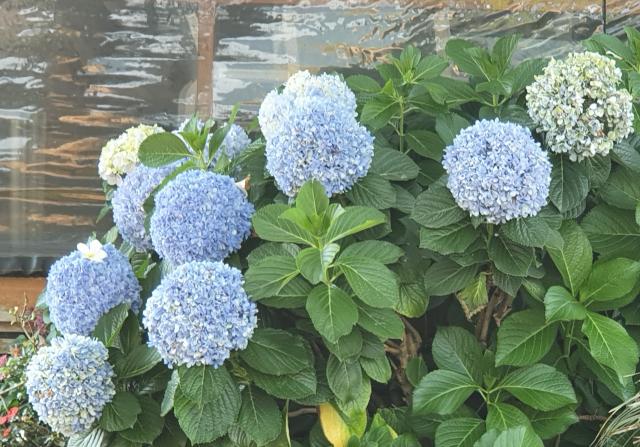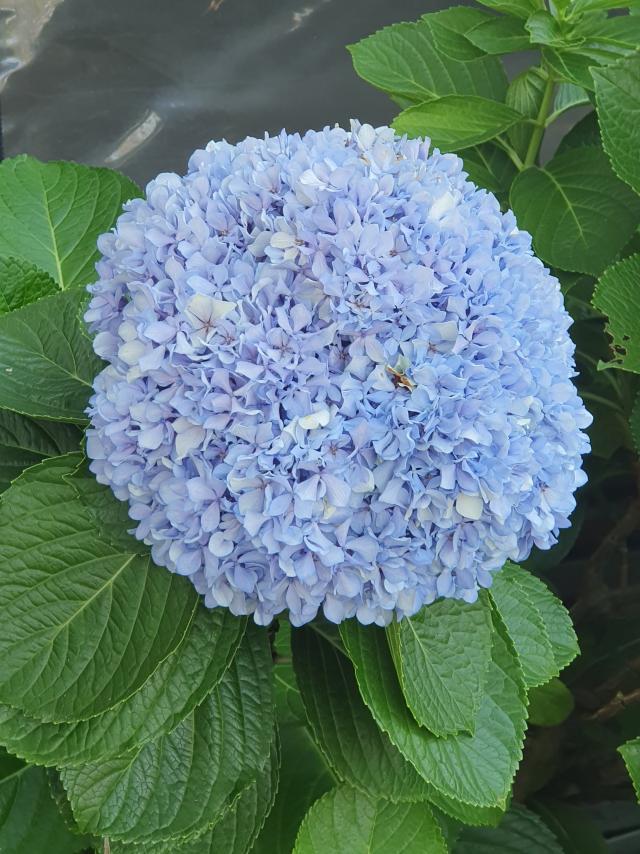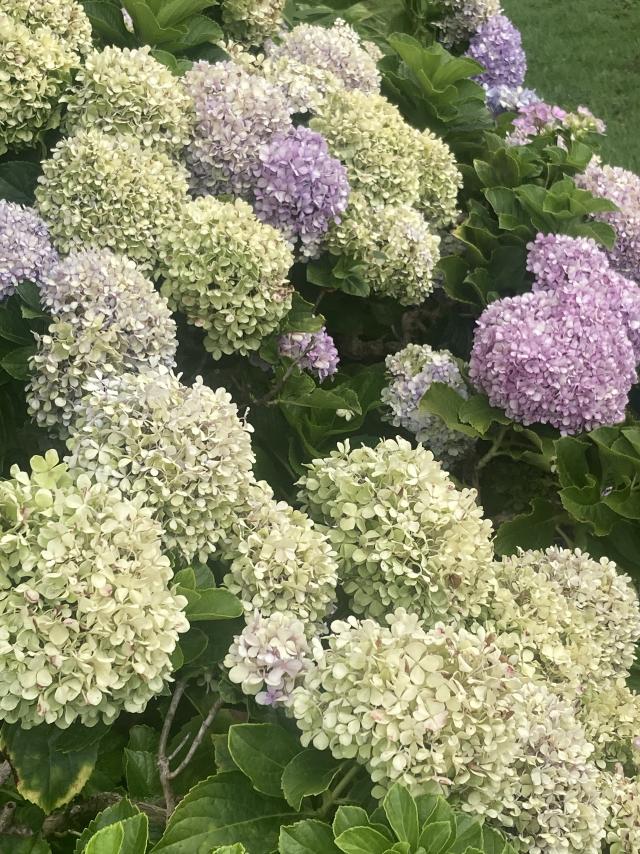If there is a plant that continually surprises gardeners it would have to be the Hydrangea. When you look at a Hydrangea in the nursery first thoughts is that this plant would really prefer the cooler weather of Southern Australia.
But looks can be deceiving as Hydrangeas have been grown in Central Queensland for almost 100 years.
Many people around Central Queensland still associate Hydrangeas with hospitals, as they used as landscape plants around many of our country hospitals and nursing homes. I can still remember the beautiful display of Hydrangeas growing at the old Eventide Nursing Home in Rockhampton.
I have to admit my favourite Hydrangeas are growing in a garden a few doors down from the Mater Hospital. These plants are in full bloom now. Then in Mount Morgan there are a couple of very old plants that every year provide a spectacular flowing display every year.
Hydrangeas like a cool, moist situation, preferably on the southern side of the house out of the wind, or where they do not get too much direct sun. Hydrangeas can tend to get sunburnt when in full sun leading to a browning of the flowers and or foliage.
Last week I travelled to the Cassowary Coast and while I was on my early morning walk I noticed the most attractive Hydrangea growing in a front garden of a home that was across the road from Wongaling Beach. This plant had dozens of blooms, lush green foliage and a picture of good health. It was definitely breaking all the rules of where a Hydrangea should be growing.
Prepare the soil with plenty of well-rotted animal manure or compost, which will break down into humus and keep the area around the roots moist and open.
The soil is of particular significance to hydrangeas because its acidity determines the colour of the flowers. If your soil is acidic, that is that it has a pH of around 4.5 to 5.0, the flowers will be light blue to electric or even peacock blue.
However, most soils in our area are much less acidic and this is the same for just about all garden soil mixes. In this soil type your Hydrangea will flower pink. If you want to change the colour of your plants, just the right amount of lime (one tablespoon per plant) will make the plants produce pink flowers, but just a dash more is likely to kill the plant. To obtain beautiful deep blue flower heads, add aluminium sulphate.
In fact Hydrangeas are one of very few plants that actually accumulate aluminium. This is released from the acidic soils and through an internal process in the plant forms to give the plant the blue flower colour. You must change the soil pH before flower buds form if you want to change their colour so treat the soil after august. An important note is that all white cultivars remain white regardless of the soil pH.
It is important when planning a hydrangea garden that it is not positioned near any fresh concrete as merely the seepage of lime from the concrete can be hazardous to the plant. A way of getting around this is lining the garden area with a Root-guard material.
This is similar to the products that are used to prevent invasive-root trees from spreading under foundations, and can be readily sourced from most building supply firms. By using this to surround your garden, it will effectively create a large planter-tub environment.
As hydrangeas prefer solitude and react badly to competition from other shrubs, another benefit from the Root-guard is also guaranteed.
Hydrangeas don’t like to dry out too much and will wilt when they need watering. A bucket of water a week should be enough to keep them going in warm weather. Give hydrangeas growing in the ground a deep soaking once or twice a week.
Plants in pots need daily watering and it’s a good idea to have a saucer containing water under the pot. Feed them in June with complete fertiliser. They have fibrous roots close to the soil surface so mulch is recommended.
It should always be noted that, while you may select a beautiful blue or pink Hydrangea in a nursery, when it flowers in your garden, it is possible to be a completely different shade or even colour.
Overall, hydrangeas are really tough and will survive almost anywhere, even in a windy coastal spot. Despite the hard work required to prepare the ideal Hydrangea garden, the beauty of this plant makes the effort worthwhile.










